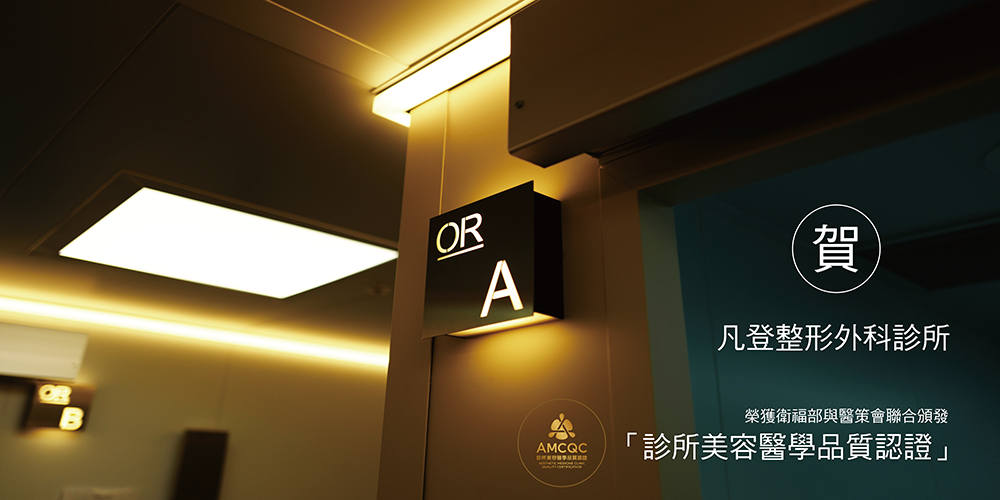Rhinoplasty

Nose is the center piece of the face and an aesthetically attractive nose brings balance to the face.
Rhinoplasty is a meticulous and customized procedure requiring a detailed evaluation of the nasal structure from the nose length, dorsum, and radix. Moreover, to formulate an ideal nose for
“Structural rhinoplasty”, also known as the “Korean-style rhinoplasty”, is a new surgical approach of rhinoplasty originated from South Korea to treat the nose at the subunits level. Structural rhinoplasty emphasizes on the importance of precisely evaluate the nose bridge, nasal tip, and alar followed by a customized surgical plan based on the diagnosis and patient preference. With such approach, an ideal nose can be achieved with high patient satisfaction.
Rhinoplasty - Dorsal Augmentation
Asian rhinoplasty often emphasizes on reshape the retracted columella, underprojected and amorphous tip while enhance the wide and flat dorsum. To address the above characteristics of Asian noses, patients have the options to receive synthetic implants or to enhance the nose with non-surgical rhinoplasty.
Despite the fact that synthetic implants such as Chimera, Gore-Tex, and silicone implants are the most frequently used material in rhinoplasty, some patients may favor autologous tissue grafting and heterologous tissues.
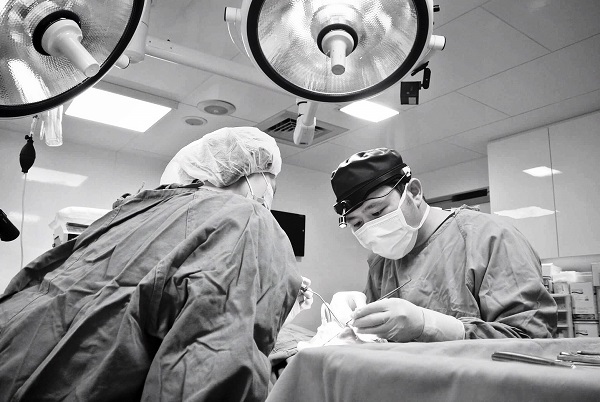
Rhinoplasty requires a skilled surgeon with an artistic sense to create an ideal nose with a balanced height and shape that is harmonious with the face. For instance, a larger face with a long and narrow nose may give a harsh impression while a flat nose may look unnatural with a large eyes. Therefore, before undergoing rhinoplasty, it is important to consider the facial balance and maintain a realistic expectation on what surgery can achieve.
Dorsal hump and cooked nose could also be corrected in the same time with dorsal augmentation.
Rhinoplasty - Non-surgical Rhinoplasty

Non-surgical rhinoplasty is a safe and non-invasive alternative option to adjust nasal shape and enhance dorsal height. Injectable fillers such as hyaluronic acid are used to enhance the nose and the procedure creates natural and immediate results lasting 9-12 months. Injectable fillers creates nearly no scarring, no bruising with minimal downtime.
Rhinoplasty - Types of implant
Gore-Tex
Chimera
Hyaluronic Acid
A utologous
Compatibility
High
High
Complete absorption
High
Post-Op Implant Movement
Low
Low
Low with chances of spreading at high dosage
None
Natural result
High
High
High
Highest
Touch
Flexible
Flexible
Flexible
Most flexible
Post-Op Infection
Low
Low
Low
Low
Post- Op Capsular contracture
Very Low
Very Low
None
None
Post-Op ShrinkageHigh
High
Low
Gradual absorption after a year
None
Rhinoplasty - Alar Base Reduction

Alar base reduction can be performed with nasal augmentation to reduce large and wide alar base, and the flare of the nostril.
Wide Nose (Wide Alar Base)
In average, the width of the alar base should not exceed the distance between the two eyes. To reduce the width of the alar base, excision can be made in the internal nostril skin to narrow the alar base and the nostrils.
Thick Alar
The average thickness of the alar rim is around 5 mm. The thickness of alar rim can be reduced with the internal nostril incision, however, external incisions may be more beneficial for those who have excessive alar flare or a wide nasal base.
Before and After
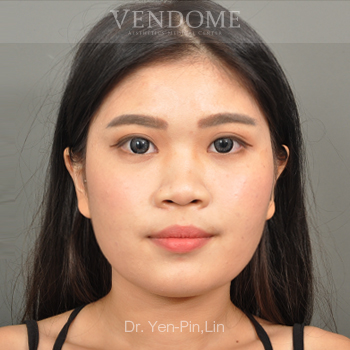

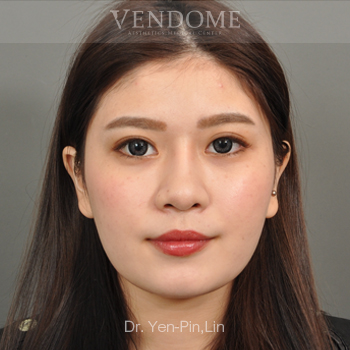
Rhinoplasty. Individual results may vary.
Rhinoplasty. Individual results may vary.
Rhinoplasty. Individual results may vary.
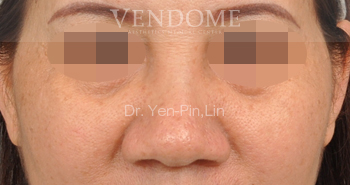

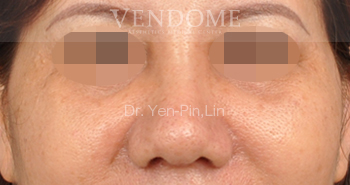
Rhinoplasty. Individual results may vary.
Rhinoplasty. Individual results may vary.
Rhinoplasty. Individual results may vary.
Rhinoplasty. Individual results may vary.
Rhinoplasty. Individual results may vary.
Rhinoplasty. Individual results may vary.
Rhinoplasty. Individual results may vary.
Rhinoplasty. Individual results may vary.
Rhinoplasty. Individual results may vary.
Rhinoplasty. Individual results may vary.
Rhinoplasty. Individual results may vary.
Rhinoplasty. Individual results may vary.
Rhinoplasty. Individual results may vary.
Rhinoplasty. Individual results may vary.
Post Operative Instructions for Rhinoplasty
1. Temporary nasal bleeding is expected after the surgery. Please contact the clinic if massive bleeding or severe pain noted.
2. Keep the wound dry at all times. Clean the wound gently with saline soaked sterilized cotton swabs before applying prescribed ointment 2 - 3 times per day. Surgical suture will be removed one week after surgery.
3. Cold compresses and ice packing should be applied throughout the day for 10 - 20 minutes per time to reduce swelling and discomfort for 3-5 days after the surgery.
4. Begin warm compresses after surgeon’s permission for 10 - 20 minutes per time. Warm compress should be kept at moderate temperature.
5. Do not apply any force or weight to the nose area. Avoid wearing glasses for a month after the surgery.
6. Avoid bending, lifting or straining to prevent hematoma.
Frequently Asked Questions for Rhinoplasty


